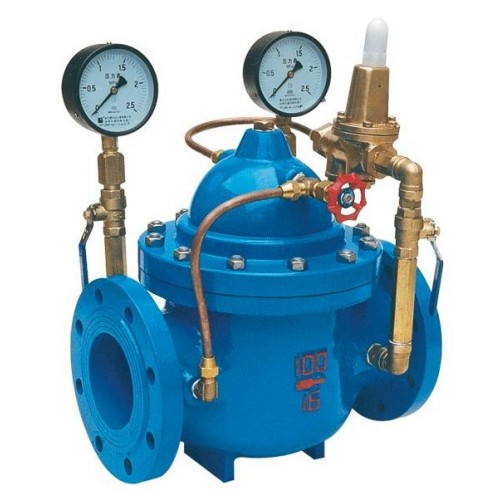Exploring Various Types of Flange End Connections in Industrial Applications
Understanding Flange End Connection Types in Engineering
Flange end connections are a vital aspect of mechanical and piping engineering, serving as a critical interface for joining different piping components. These connections are designed to provide robust and leak-proof seals, allowing for the safe transportation of fluids, gases, and various materials. The types of flange end connections can vary significantly depending on the application, materials involved, and specific engineering requirements. This article will explore the common types of flange end connections, their applications, and the factors influencing their selection.
1. Weld Neck Flanges
Weld neck flanges are among the most common types utilized in piping systems. They feature a long neck that gradually transitions into the flange itself, enabling a smooth flow of fluids and reducing turbulence. This type of flange is most suitable for high-pressure and high-temperature applications, making it ideal for oil and gas pipelines, chemical processing, and power generation. The weld neck design allows for a strong joint when welded to the pipe, ensuring a seamless and reliable connection.
2. Slip-On Flanges
Slip-on flanges are designed to be slipped over the end of the pipe before being welded in place. This type of flange is easier to install compared to weld neck flanges and is often used in lower-pressure applications. Slip-on flanges are commonly found in HVAC systems, wastewater treatment, and general piping where the added strength of a weld neck flange is not required. However, proper alignment is crucial for ensuring a leak-proof seal, as any misalignment can lead to failures.
flange end connection types

Blind flanges are used to seal the ends of a piping system, effectively blocking the flow of fluids or gases. These flanges do not have a bore, meaning they cannot be attached to a pipe but are instead used to close off the end of a pipeline. Blind flanges are critical for maintenance operations, allowing for sections of piping to be safely isolated. They are commonly used in high-pressure applications where it is necessary to temporarily prevent flow during repairs or modifications.
4. Socket Weld Flanges
Socket weld flanges feature a socket that the pipe fits into, which is then welded in place. This type of flange is used primarily in smaller diameter pipes and in high-pressure systems. Socket weld flanges provide a smooth bore and reduce the risk of turbulence, making them ideal for applications such as nuclear power, chemical processing, and high-pressure liquid transfer. However, their installation requires precise alignment to ensure a proper seal.
5. Threaded Flanges
Threaded flanges have internal threads that allow them to be screwed onto pipes with matching threads. This type of flange is particularly useful in environments where welding is undesirable or impractical. Threaded flanges are commonly utilized in low-pressure applications, such as water lines or gas lines, where the ability to quickly assemble and disassemble connections is advantageous. However, they might not provide the same level of pressure resistance as welded connections.
Conclusion
The choice of flange end connection type is critical for the safe and efficient operation of piping systems. Factors such as pressure, temperature, fluid type, and ease of installation play significant roles in determining the most suitable connection. Understanding the characteristics and applications of different flange types allows engineers and designers to make informed decisions that ensure optimal performance and safety in their systems. As industries continue to evolve and demand higher standards of quality and reliability, the role of flange end connections will become increasingly important in supporting the infrastructure of modern transport systems.
-
Premium Gas Ball Valves: Safe & Reliable Flow ControlNewsAug.31,2025
-
High-Security Lockable Gas Valve - Tamper-Proof ControlNewsAug.30,2025
-
Reliable Hydraulic Valves for Efficient Fluid ControlNewsAug.29,2025
-
Reliable Electric Actuators for Industrial Valve AutomationNewsAug.29,2025
-
Premium Line Blind Valves for Secure Pipeline IsolationNewsAug.29,2025
-
Premium Electric Valves for Smart Fluid Control SolutionsNewsAug.29,2025
-
Precision Balanced Valves for Optimal System PerformanceNewsAug.29,2025




